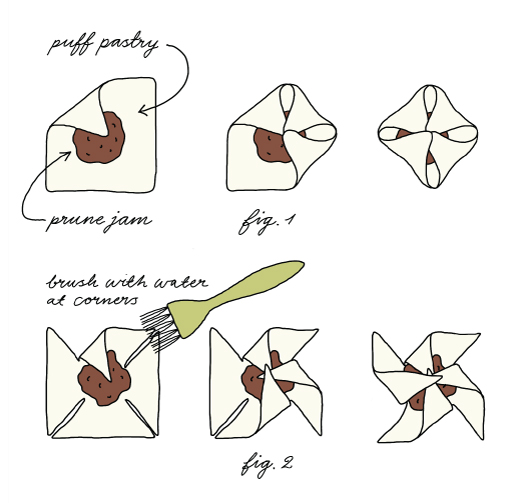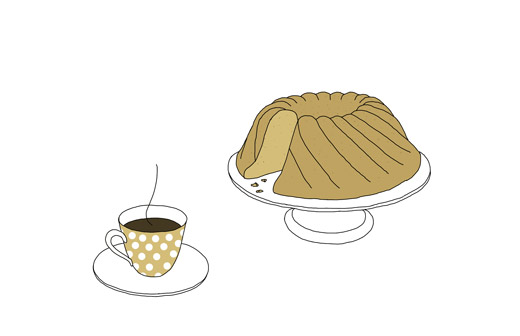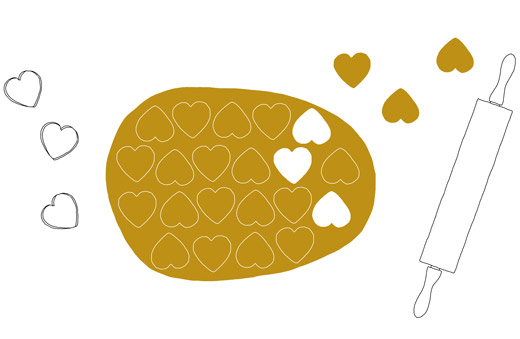
My grandmother was phenomenal in the art of making puff pastry, so good that she made several batches every year that she portioned out to everyone in the family, neighbors and near by acquaintances that took the advantage of her skill. I’m sure she loved it and occasionally she tried to pass her technique along but to my knowledge nobody really understood how she did it with such grace and no fuss.
Every Christmas as long as I can remember my grandmother and later my mother have been treating me with Joulutorttu (Finnish Christmas Tarts). Joulutorttu are pinwheel shapes puff pastries filled with prune jam dusted with powdered sugar. Traditionally the tarts are shaped like fig. 2 in the diagram but they can be shaped as simple as a classic Danish (fig 1).
Well, last year I figured it was about time for me to learn the art of puff pastry and obviously much of it get shaped into joulutorttu. My version here is filled with jam where the prunes is simply cooked with just port. I’m sure my grandmother would have liked my progress, especially if shared with a strong cup of tea and a game of canasta.
Both jam and puff pastry can be made beforehand so you can assemble just as many as you want and need all through the holiday.
Happy holiday everyone.

Joulutorttu (Finnish Christmas Torts)
makes about 14
1 batch of puff pastry
prune jam
1 cup (about 200 grams) pitted prunes, cut in half
½ cup (120 milliliters) sweet Marsala wine (or port)
to finish
1 egg, beaten
powdered sugar
Cut the prunes in quarters and soak them in port for 1 to 2 hours. The prunes should become soft.
In a small pot, cook the prunes with the port on medium low heat until thick and the fruit has fallen apart, about 10 minutes. Add more wine (or water) if the jam seems too dry. Let cool slightly before placing the jam into a food processor. Pulse until smooth and thick.
Leftover jam can be stored in a clean glass jar in the refrigerator for up to a week. This jam is also awesome on on toast together with cheese.
Preheat oven 425°F (220°C).
Roll out portions of puff pastry until just over 1/8 inch (approximately 0.5 centimeter) thick. Cut out 3 by 3 inch (8 by 8 centimeters) squares, place a spoonful of jam on each square. Shape each square by cutting each corner, like in fig. 2 or shape them as shown in fig. 1. Brush corners with a little water before closing the shape.
Brush each tart with the egg and bake for 10 to 15 minutes. Serve slightly warm, dusted with powdered sugar, with heavy whipped cream.
*
Links to other traditional Nordic holiday baking:
Joulutorttu with a ricotta puff pastry – by Peggy Saas
London Eats Joulutorttu
Ginger Spice Cake by Anna Brones and Johanna Kindvall
Glögg – Swedish Mulled Wine
How to host a glögg party by Madame Fromage
Pepparkakor with diagram on how to build a gingerbread house
recipe & text by Anna Brones – diagram & illustrations by Johanna Kindvall
Lussebullar by Anna Brones (illustrated by Johanna Kindvall)
Scalded Rye Bread with Raisins – kokblog recipe
More Swedish holiday baking in the Fika book.




